Quantum Data Weaver: Preparing Data Infrastructure for the Quantum Future
In an era where quantum computing is transitioning from theory to practical application, data engineers and machine learning practitioners are at the forefront of a technological revolution. The term “Quantum Data Weaver” encapsulates the role of those pioneering the integration of quantum principles into traditional data systems. This article delves into what it means to be a Quantum Data Weaver, its significance, and practical steps for integrating quantum technology into data strategies.
Understanding the Quantum Leap
Quantum computing utilizes quantum mechanics principles like superposition, entanglement, and interference to achieve computational speeds far beyond classical systems. Although quantum hardware is still developing, its potential to revolutionize data processing, optimization, and machine learning is undeniable. For data engineers, this means confronting new challenges in managing and interpreting complex, high-dimensional datasets.
Key Quantum Advantages:
- Exponential Speed-Up: Quantum algorithms can dramatically reduce the time needed for certain computations.
- Enhanced Optimization: Quantum computing can tackle optimization problems in fields like logistics, finance, and real-time analytics more efficiently.
- Advanced Machine Learning: Quantum-enhanced techniques could lead to breakthroughs in pattern recognition and predictive analytics.
Weaving Quantum Concepts into Data Architecture
A Quantum Data Weaver must integrate the established methods of data engineering with the emergent capabilities of quantum computing:
- Hybrid Data Pipelines:
- New Data Structures:
- Interfacing with Quantum Hardware:
Real-World Implications and Early Adopters
Industries are already dipping their toes into quantum waters:
- Finance: Banks are using quantum solutions for complex financial models.
- Logistics: Companies explore quantum algorithms for better routing and scheduling.
Case in Point:
- IBM Quantum in Finance: Leading banks simulate intricate financial scenarios using IBM’s quantum technology.
- Google Quantum AI in ML: Research into quantum machine learning is pushing the boundaries of data processing.
Actionable Strategies for Data Engineers
- Experiment with Quantum Simulations: Start with simulators to test quantum algorithms.
- Design Hybrid Pipelines: Build data systems that can incorporate quantum processing where beneficial.
- Skill Development: Learn quantum computing basics and relevant programming languages like Qiskit or Cirq.
- Cross-Disciplinary Collaboration: Engage with quantum scientists to pinpoint where quantum can enhance your data work.
- Stay Informed: Keep up with quantum computing developments through industry resources and events.
Conclusion
Quantum computing is set to redefine data engineering. As data complexity grows, so does the necessity for innovative approaches. By adopting the mantle of a Quantum Data Weaver, you’re preparing for a future where quantum and classical computing coexist, offering new levels of efficiency and insight.
While quantum technology matures, the groundwork for its integration into data systems is already being laid. Start by incorporating quantum simulations into your pipelines, assess performance gains, and scale your quantum approach incrementally. The quantum future is not just approaching; it’s here, and it’s time to weave it into our data fabric.
Actionable Takeaway:
Initiate a pilot with a hybrid pipeline that uses quantum simulation for a high-impact data task. Evaluate the results, refine your approach, and expand your quantum integration. The quantum era in data engineering has begun.
#QuantumDataWeaver #QuantumComputing #DataEngineering #HybridArchitecture #QuantumFuture #TechInnovation #QuantumAI #DataScience #MachineLearning #FutureTech


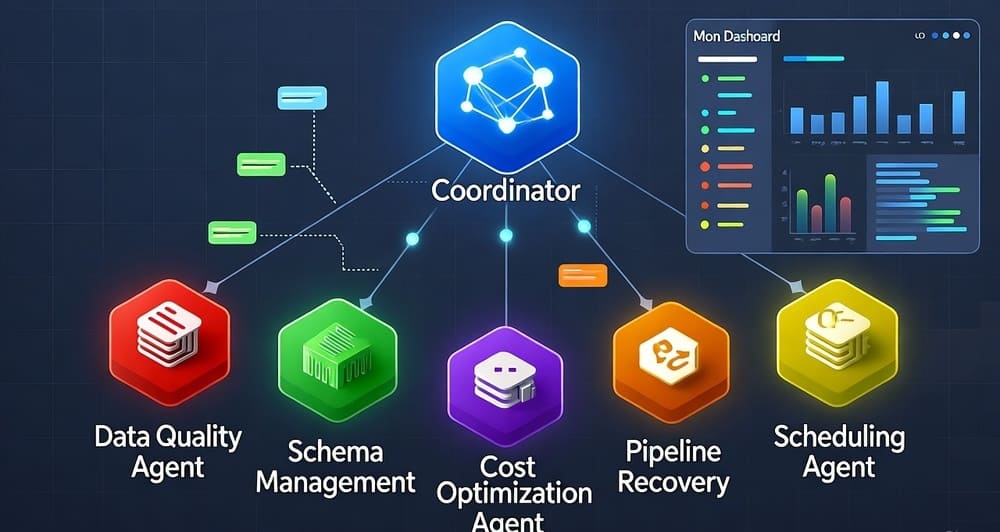
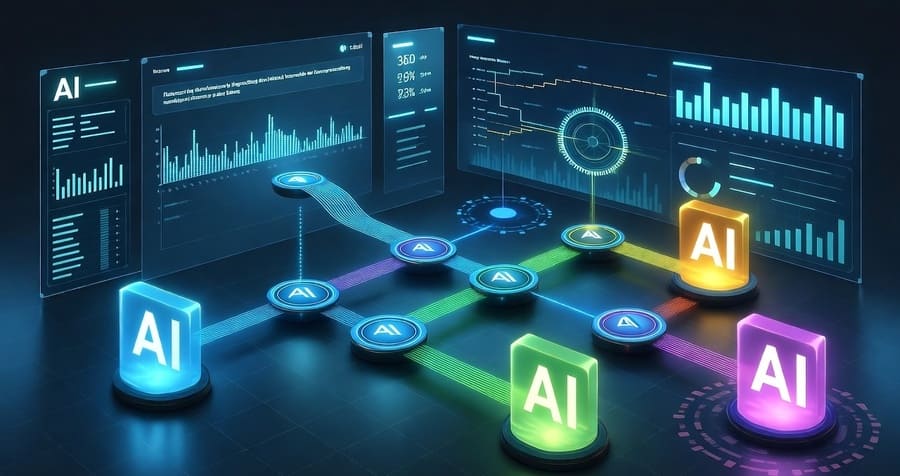

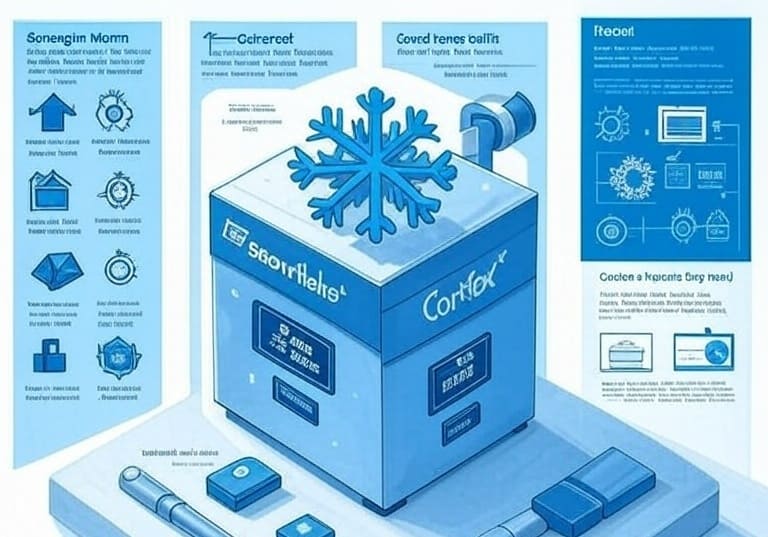


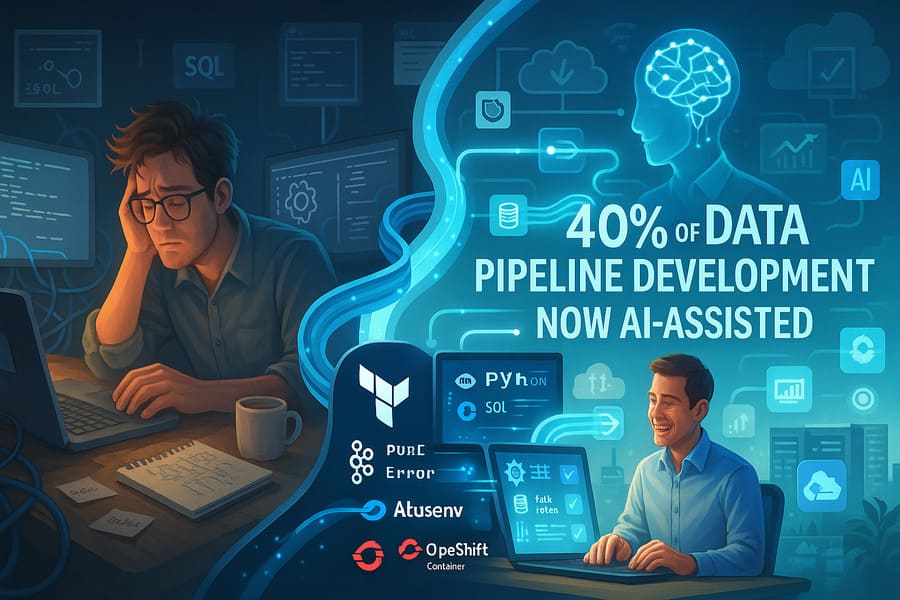


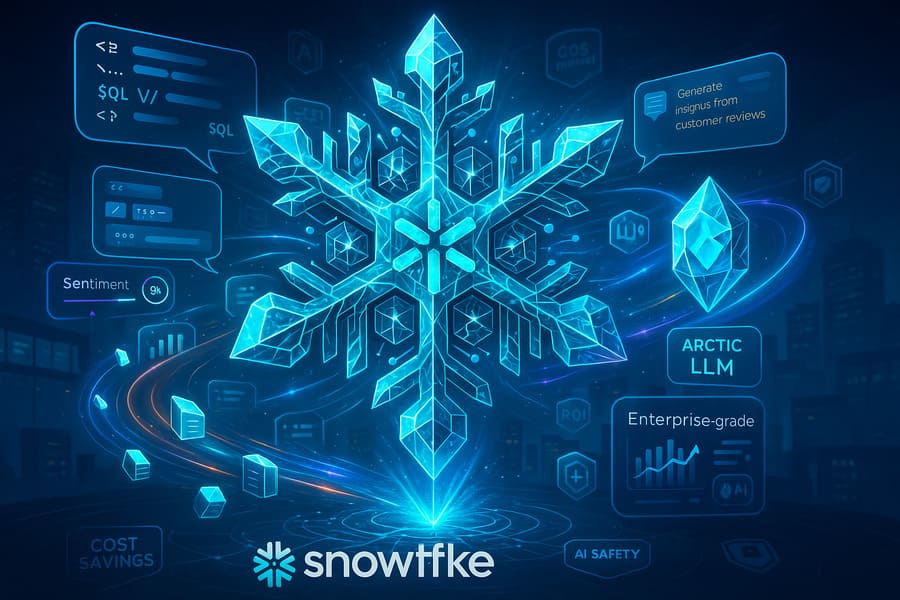




Leave a Reply